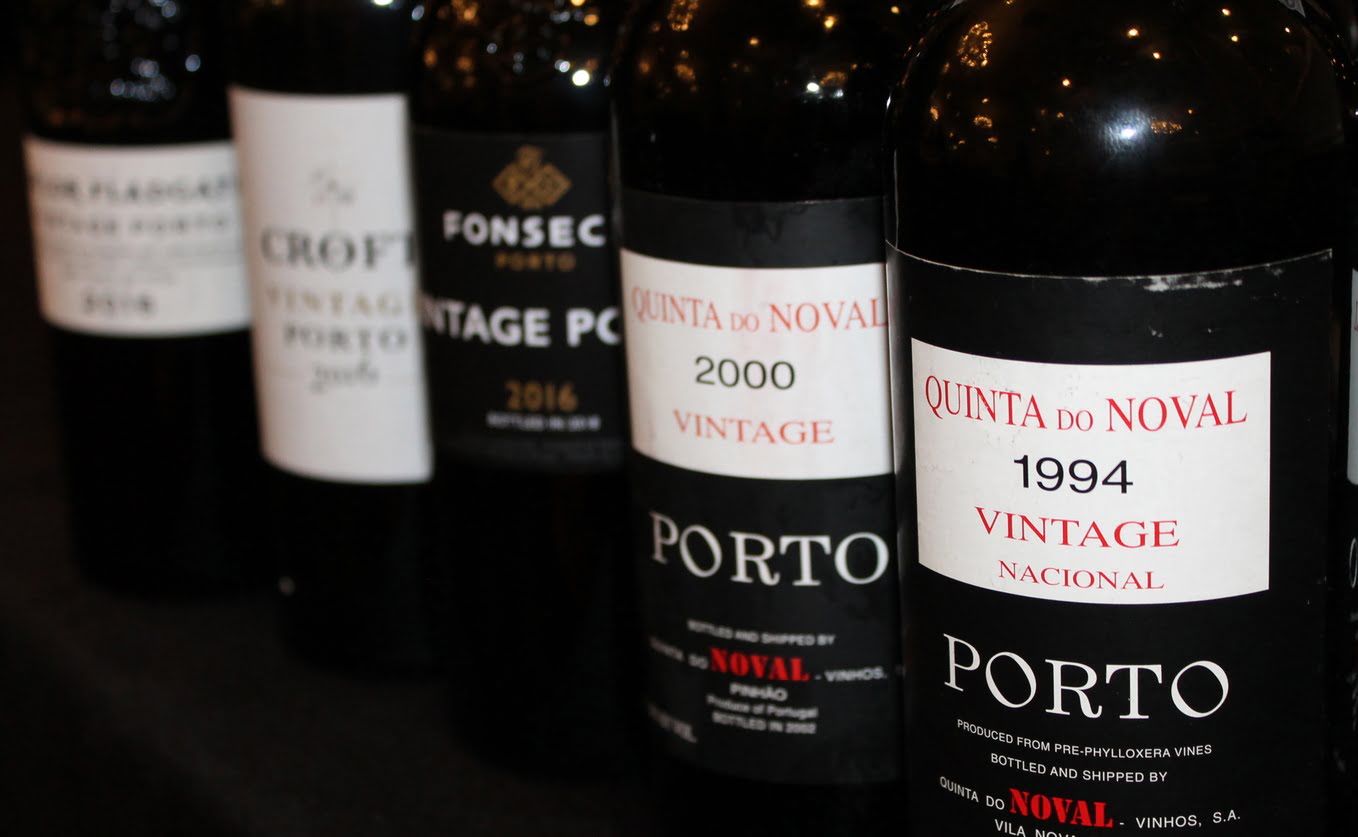

Articles
How To Store Port
Modified: January 22, 2024
Learn how to properly store port wine and keep it fresh for longer with these helpful articles. Discover the best practices for storing and preserving your favorite bottle of port.
(Many of the links in this article redirect to a specific reviewed product. Your purchase of these products through affiliate links helps to generate commission for Storables.com, at no extra cost. Learn more)
Introduction
Welcome to the world of port wine, a rich and decadent fortified wine that has been enjoyed for centuries. Whether you’re a connoisseur or a novice, storing your port properly is essential to preserving its complex flavors and aromas over time. In this article, we will guide you through the process of storing port, from choosing the right storage method to ensuring proper conditions to maximize its aging potential.
Port wine is known for its robust character, intense sweetness, and aging potential. It is produced in the Douro Valley in Portugal, using a blend of grape varieties, including Touriga Nacional, Tinta Roriz, and Touriga Franca. The fortified nature of port wine, achieved by adding a neutral grape spirit, gives it a higher alcohol content and makes it more resistant to spoilage. However, proper storage is still crucial to maintain its quality and allow it to develop its unique characteristics.
Before diving into the specifics of port wine storage, it is important to note that there are different styles of port, including vintage port, tawny port, and ruby port. Each style has its own aging requirements and flavor profiles, so it is essential to understand the nuances to store your port appropriately.
In the next sections, we will discuss the various factors to consider when storing port wine, such as temperature and humidity control, bottle positioning, light protection, avoiding flavor contamination, cellaring port, and storing opened bottles. By following these guidelines, you will be able to maintain the quality and integrity of your port collection, ensuring a delightful experience with every sip.
Key Takeaways:
- Properly storing port wine is crucial for preserving its unique flavors and aging potential. Choose the right storage method, control temperature and humidity, and protect from light to ensure your port wine ages gracefully.
- Cellaring port wine requires patience and attention to detail. Select the right vintages, store bottles horizontally, monitor conditions, and keep records to unlock the full potential of your port wines.
Read more: How To Store Port Wine
Choosing the Right Storage Method
When it comes to storing port wine, selecting the appropriate storage method is crucial for maintaining its quality and aging potential. Here are some options to consider:
- Wine Cellar: If you have access to a dedicated wine cellar or a wine refrigerator, this is an ideal choice for storing port. These environments provide optimum conditions of temperature and humidity, which are essential for the proper aging of the wine. The temperature should be kept between 55°F to 60°F (12°C to 15°C), and the humidity level should be around 70%. This will help prevent the cork from drying out and ensure the port ages gracefully.
- Dark and Cool Room: If you don’t have a wine cellar, a dark and cool room in your home can serve as an alternative storage space. Look for an area away from direct sunlight, as UV rays can degrade the quality of the wine. The temperature should still remain constant, preferably between 55°F to 60°F (12°C to 15°C), to avoid fluctuations that can impact the aging process.
- Wine Cabinet: Investing in a temperature-controlled wine cabinet can be a practical solution for storing port wine. These cabinets provide the ideal climate conditions and offer the advantage of being compact and easily accessible. Look for a cabinet with adjustable temperature settings and UV protection to ensure the longevity of your port collection.
- Wine Storage Facility: If you have a large collection of port wine or valuable vintage bottles, you may consider utilizing a professional wine storage facility. These facilities offer controlled environments with temperature and humidity regulation, along with security measures to protect your investment. This option is particularly beneficial if you don’t have suitable storage conditions at home.
When choosing the right storage method, it’s important to consider the longevity of your port collection and your personal preferences. Whatever option you choose, ensure that the storage conditions remain consistent to allow the port wine to age gracefully and develop its full potential.
Temperature and Humidity Control
Temperature and humidity play a critical role in preserving the quality and aging potential of port wine. Here are some guidelines to help you control these factors:
Temperature: Port wine should be stored at a consistent temperature between 55°F to 60°F (12°C to 15°C). Fluctuations in temperature can negatively impact the aging process and lead to premature aging or deterioration of the wine. Avoid storing port in places prone to extreme temperature changes, such as near heating vents or direct sunlight. Consider using a thermometer to monitor the temperature in your storage area and make adjustments if necessary.
Humidity: The ideal humidity level for storing port wine is around 70%. This level helps keep the cork moist and prevents it from drying out, which can lead to air leakage and spoilage. Low humidity levels can cause the cork to shrink, allowing oxygen to enter the bottle and oxidize the wine. Conversely, high humidity levels can promote the growth of mold or mildew. Use a hygrometer to measure the humidity in your storage space and consider using a humidifier or dehumidifier to maintain the recommended level.
It’s important to note that maintaining a constant temperature and humidity level is crucial. Fluctuations in these factors can disrupt the aging process and affect the overall quality of the port wine. Investing in a temperature and humidity control system, such as a wine cellar cooling unit or a standalone humidifier/dehumidifier, can help you maintain the desired conditions for your port collection.
By properly controlling the temperature and humidity, you can ensure that your port wine ages gracefully, allowing its flavors and aromas to develop harmoniously over time. Consistency is key to preserving the integrity of the wine and maximizing its enjoyment when the time comes to savor a glass.
Proper Bottle Positioning
Correct bottle positioning is essential when storing port wine to ensure the longevity and quality of the wine. Here are some guidelines to follow:
Horizontally: Storing port wine bottles horizontally is highly recommended. This position keeps the wine in contact with the cork, ensuring that it remains moist and prevents it from drying out. When the cork dries out, it can shrink and allow air to enter the bottle, leading to oxidation and spoilage of the wine. By storing the bottles horizontally, you create a barrier between the wine and the air, preserving the wine’s integrity. This method applies to both unopened and opened bottles.
Stable and Secure: It’s important to keep the bottles stable and secure to prevent any unnecessary agitation or movement. Vibrations or sudden jolts can disturb the sediment in vintage ports and affect the aging process. Find a storage location that is free from vibration or external disturbances, such as a wine rack or a dedicated shelf. Ensure that the bottles are securely held in place to avoid any accidental tipping or falling.
Proper bottle positioning is not only vital for preserving the wine but also for enabling efficient aging. By keeping the wine in contact with the cork and minimizing disturbance, you can maintain the quality and prevent any unwanted spoilage or deterioration over time.
Remember to handle the bottles with care when moving them or accessing them from the storage area. Gentle handling will help maintain the wine’s stability and avoid unnecessary agitation. By following these guidelines, you can ensure that your port wine is stored in an optimum position for maximum aging potential and enjoyment.
Light Protection
Light exposure can have a detrimental effect on the quality and longevity of port wine. Ultraviolet (UV) rays from both natural and artificial light sources can degrade the wine and lead to unpleasant flavors and aromas. To protect your port wine from light damage, follow these recommendations:
Avoid Direct Sunlight: Keep your port wine away from direct sunlight. Sunlight contains UV rays that can penetrate through the bottle and interact with the wine, causing chemical reactions that degrade its quality. Find a storage location that is shielded from direct sunlight, such as a wine cellar or a dark room. If you have glass cabinets or wine racks, consider covering them with opaque or UV-filtering materials to block the light.
Use Dark Bottles: Opt for port wine bottles that are darker in color, such as green or amber. Dark-colored glass provides better protection against UV rays compared to clear glass bottles. The darker glass helps to minimize the light exposure and reduce the chances of light-induced damage. When purchasing port wine, pay attention to the bottle color and prefer those with dark glass.
Avoid Strong Artificial Light: In addition to natural light, be cautious of strong artificial light sources in your storage area. Fluorescent lights or intense halogen bulbs can emit UV rays that can be harmful to the wine. If possible, use low-light or LED lighting in your storage space, as they produce negligible UV radiation and minimize the risk of light damage.
By protecting your port wine from light, you can maintain its quality, flavors, and aromas over time. Light-induced damage can lead to premature aging, off-flavors, and a diminished drinking experience. Proper light protection, along with other storage considerations, will help ensure that your port wine ages gracefully and retains its optimal characteristics.
Store port in a cool, dark place, away from direct sunlight and temperature fluctuations. Once opened, reseal tightly and consume within a few weeks for the best flavor.
Read more: How To Store Tawny Port
Avoiding Flavor Contamination
Preserving the pure and distinct flavors of port wine is essential for an enjoyable drinking experience. To avoid flavor contamination, it is important to take certain precautions when storing port. Here are some guidelines to follow:
Avoid Strong Odors: Port wine is sensitive to outside odors, and exposure to strong smells can seep into the wine and alter its flavors. When selecting a storage location, ensure that it is free from strong odors such as chemicals, cleaning agents, or pungent foods. Even the subtlest of aromas can infiltrate the wine and compromise its taste. Store port wine away from any items that could potentially emit strong odors.
Separate from Other Wine Varieties: If you have a diverse collection of wines, it is advisable to store port wine separately from other wine varieties. Each wine type has its own unique aromas and characteristics. Storing port wine together with other wines may lead to cross-contamination of smells and flavors. Use separate storage spaces or compartments for different wines, or wrap port bottles in odor-neutral materials if stored together with other wines.
Seal Properly: Ensuring a tight and secure seal is essential to prevent air from entering the bottle and compromising the wine’s flavor. If you have opened a bottle of port wine and wish to store the remaining wine, reseal it with a wine stopper or a vacuum wine preserver to remove any excess air. This will help maintain the wine’s freshness and prevent flavor contamination from external elements.
By taking these precautions, you can safeguard the unique flavors and characteristics of your port wine. With careful attention to storage conditions and separation from strong odors or other wine varieties, you can ensure that your port wine retains its true essence and delivers a delightful sensory experience with every sip.
Cellaring Port
Cellaring port wine is a popular choice among wine enthusiasts who appreciate the depth and complexity that comes with aging. Here are some key considerations to keep in mind when cellaring port:
Choose the Right Vintages: Not all port wines are suitable for long-term aging. Vintage port, produced from the finest grapes and exceptional years, is the most age-worthy style. Look for renowned vintage years and consult reputable sources or experts to identify which vintages have the potential to develop well over time. Tawny port, on the other hand, is already aged in barrels and is ready to drink upon release, so it does not benefit from cellaring.
Store Bottles Horizontally: Like other wines, port should be stored horizontally. This keeps the wine in contact with the cork, preventing it from drying out and allowing for a proper seal. Horizontal storage also helps distribute any sediment that may form over time, ensuring that it settles evenly in the bottle.
Be Patient: Port wine requires patience when cellaring. It has a longer aging potential compared to many other wines, and it can take decades for vintage ports to fully develop and showcase their true character. The rewards of patience can be extraordinary, as the flavors and aromas evolve into complex layers of dried fruits, spice, and nutty notes.
Monitor Conditions: Proper storage conditions are crucial for cellaring port. Maintain a constant temperature between 55°F to 60°F (12°C to 15°C) and a humidity level of around 70%. Fluctuations in temperature or excessive humidity can negatively impact the aging process. Regularly check the conditions in your cellar or storage area to ensure they remain stable. Consider using a wine cellar monitoring system to track temperature and humidity levels continuously.
Keep Records: It is helpful to keep a record of the vintages, storage conditions, and any tasting notes or observations as your port wines age. This allows you to track their development, evaluate their progress, and determine the ideal time to enjoy them at their peak. Maintaining records also adds a personal touch to your cellar, creating a story for each bottle.
Cellaring port wine requires patience, attention to detail, and a love for the aging process. By selecting the right vintages, storing bottles horizontally, monitoring conditions, and keeping records, you can create a cellar that holds a treasure trove of beautifully aged port wines. The rewards of cellaring port are well worth the investment of time and effort, offering a truly exceptional tasting experience in the years to come.
Storing Opened Bottles
Once you have opened a bottle of port wine, proper storage is crucial to maintain its flavor and quality for an extended period. Here are some guidelines for storing opened port bottles:
Re-cork or Seal: After opening a bottle of port, re-cork it tightly to minimize air contact. The exposure to oxygen can lead to oxidation, which can negatively impact the taste and aroma of the wine. If the original cork is damaged or no longer suitable for a secure seal, consider using a wine stopper or airtight closure designed for preserving opened wine bottles. These closures help to create a barrier against air and maintain the wine’s freshness.
Store in a Cool Place: Just like unopened bottles, opened port wine should be stored in a cool place. Optimal temperature range for storing opened port is between 54°F to 70°F (12°C to 21°C). Avoid storing it in excessively warm areas or exposing it to direct sunlight, as this can accelerate the deterioration of the wine’s flavors and aromas. A wine refrigerator or a cool basement can be suitable options for maintaining the desired storage temperature.
Consume Within a Few Days: While port wine has a longer shelf life compared to regular table wines, it is best consumed within a few days after opening. Unlike red or white wines, the fortified nature of port wine helps to preserve its flavors for a slightly longer time. However, as oxidation can gradually affect its taste, it is recommended to consume the opened bottle of port within 3-5 days to enjoy it at its best.
Label with the Date: To keep track of the opened bottles and their freshness, it is helpful to label them with the date they were opened. This will allow you to easily identify which ones should be consumed sooner. You can use adhesive labels or permanent markers to note the date on the bottle or on the closure.
Remember that once a bottle of port wine is opened, it will begin to evolve and change over time. While it can still be enjoyed for a short period after opening, it is best to savor it as soon as possible to fully appreciate its fresh flavors and aromas. By following these storage guidelines, you can prolong the drinking experience of an opened bottle of port wine and enjoy it to the fullest.
Conclusion
Properly storing port wine is essential to preserve its unique flavors, aromas, and aging potential. Whether you are a seasoned collector or a casual enthusiast, following the guidelines outlined in this article will help you maintain the quality and integrity of your port wine collection.
By choosing the right storage method, such as a dedicated wine cellar, a dark and cool room, a wine cabinet, or a professional wine storage facility, you can provide the optimal environment for your port wine to age gracefully. Controlling temperature and humidity is vital, as fluctuations can negatively impact the aging process and overall quality of the wine. Keeping the bottles in a horizontal position ensures that the cork remains moist, minimizing the risk of air exposure and oxidation.
Light protection is crucial to safeguarding the wine from the harmful effects of UV rays. Avoid direct sunlight and use dark-colored bottles to reduce light exposure. Additionally, take precautions to prevent flavor contamination by keeping the port wine away from strong odors, separating it from other wine varieties, and ensuring proper sealing to maintain the wine’s integrity.
For those who enjoy the aging potential of port wine, cellaring is a rewarding experience. Choose the right vintages, have patience, monitor conditions diligently, and keep records of your aging process. By doing so, you can unlock the full potential of your port wines and enjoy the complex and exquisite flavors that develop over time.
Lastly, when it comes to storing opened port bottles, re-cork tightly, store in a cool place, and consume within a few days for the best experience. Labeling the bottles with the date of opening helps you keep track of their freshness and enjoy them at their peak.
In conclusion, by implementing proper storage techniques and maintaining ideal conditions, you can ensure that your port wine collection thrives and continues to provide delightful and memorable drinking experiences for years to come. Whether you choose to savor port wine in its youth or let it age gracefully, storing it correctly is the key to preserving its unique character and appreciating all the wonders this fortified wine has to offer.
Frequently Asked Questions about How To Store Port
Was this page helpful?
At Storables.com, we guarantee accurate and reliable information. Our content, validated by Expert Board Contributors, is crafted following stringent Editorial Policies. We're committed to providing you with well-researched, expert-backed insights for all your informational needs.

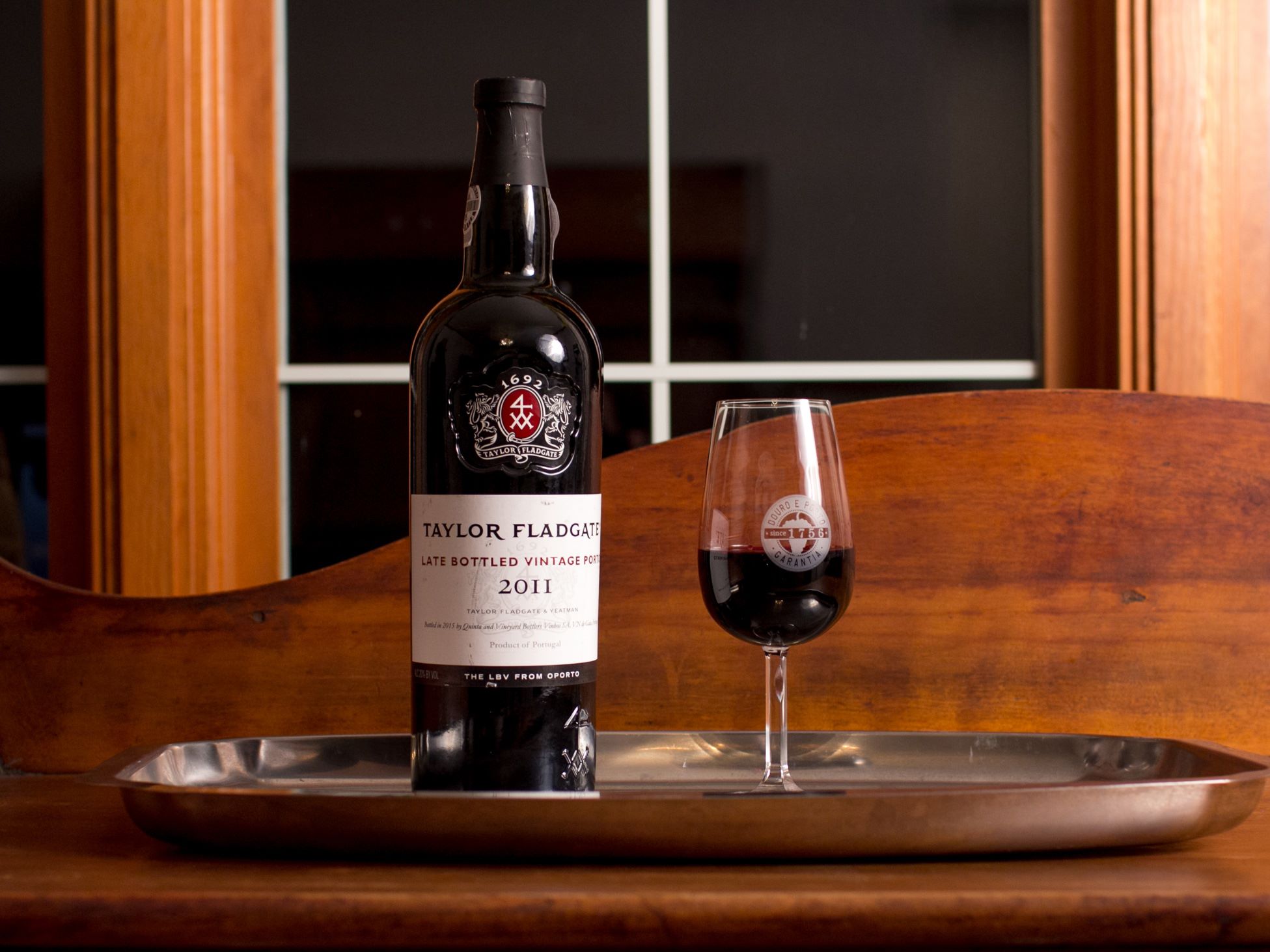

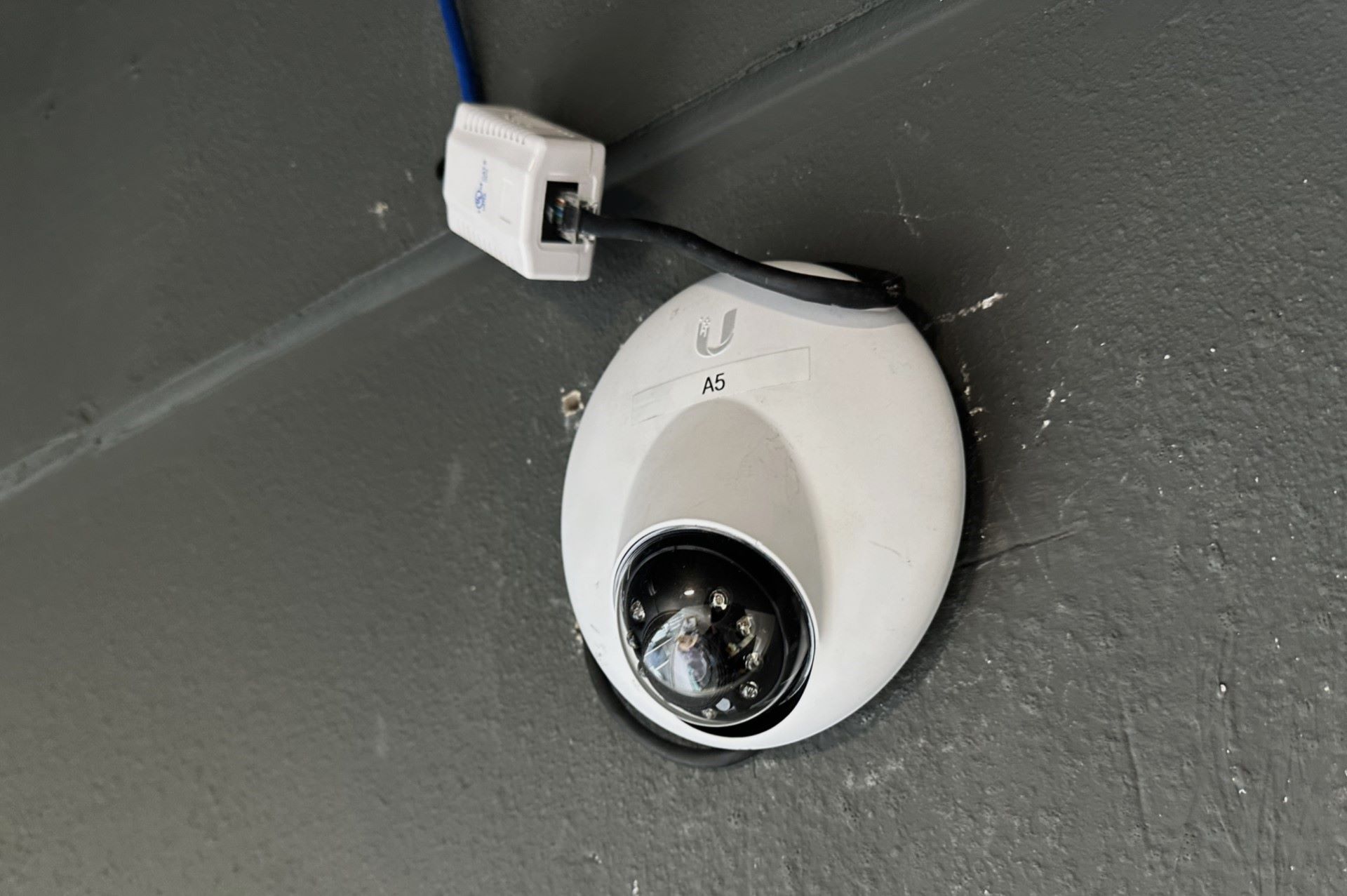



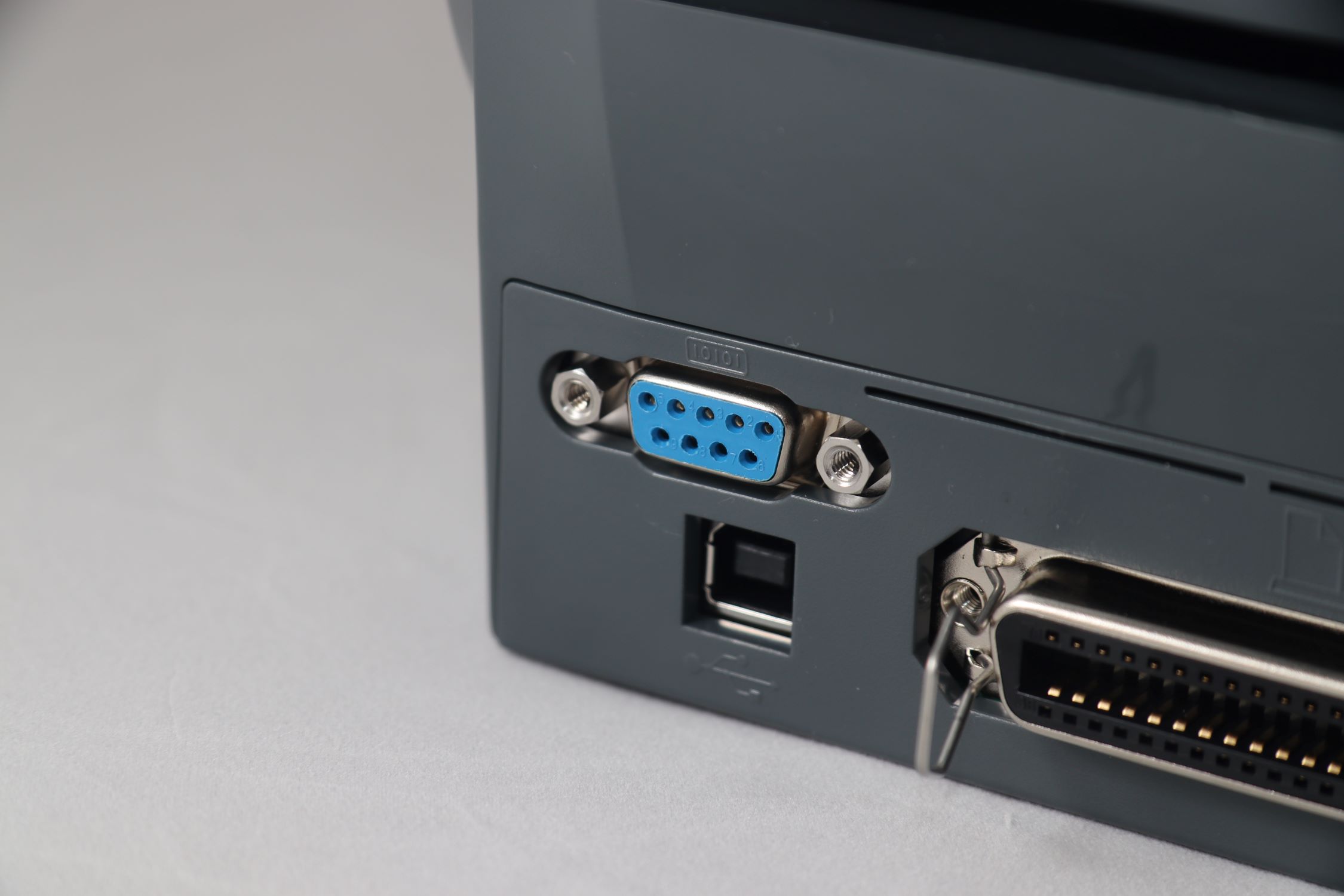

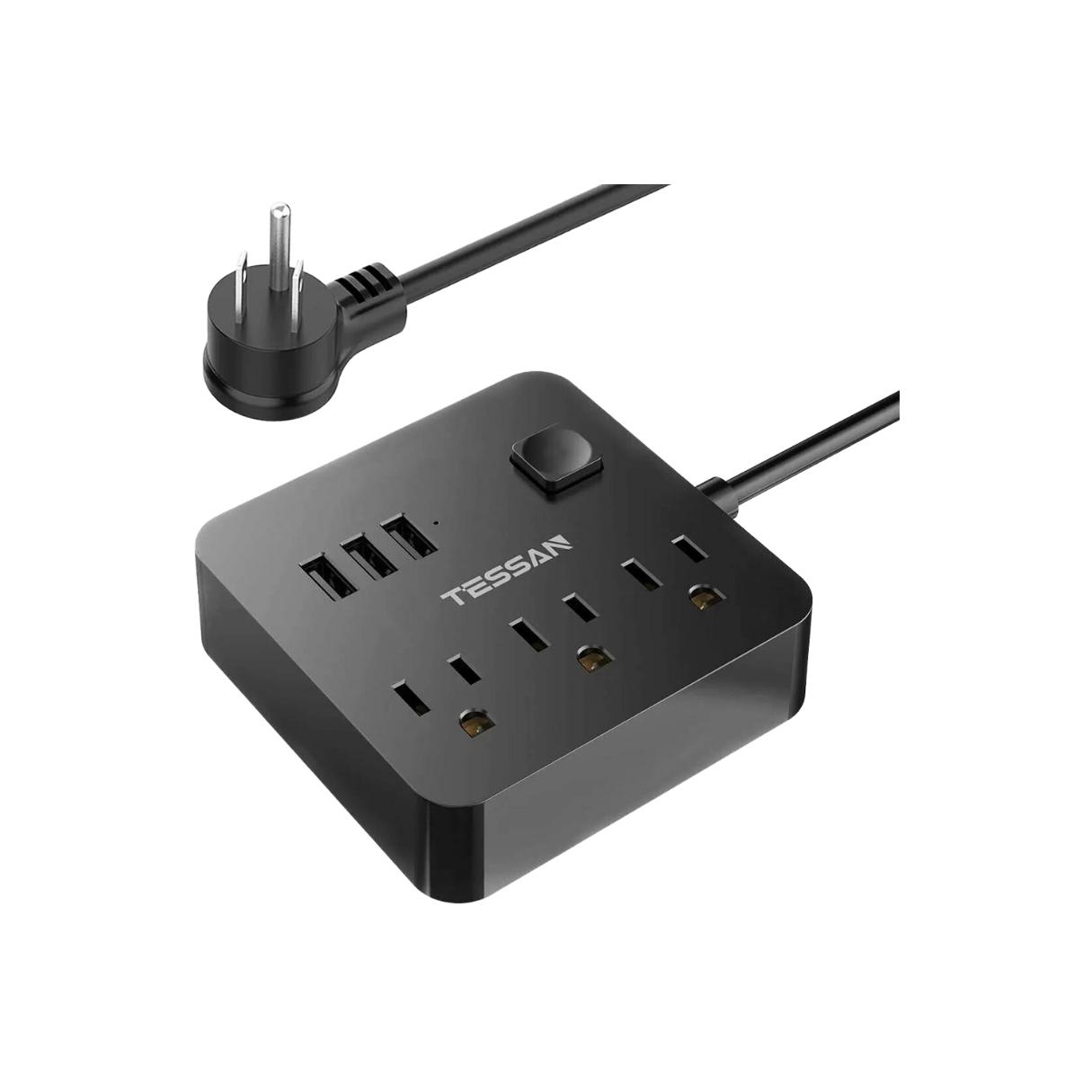
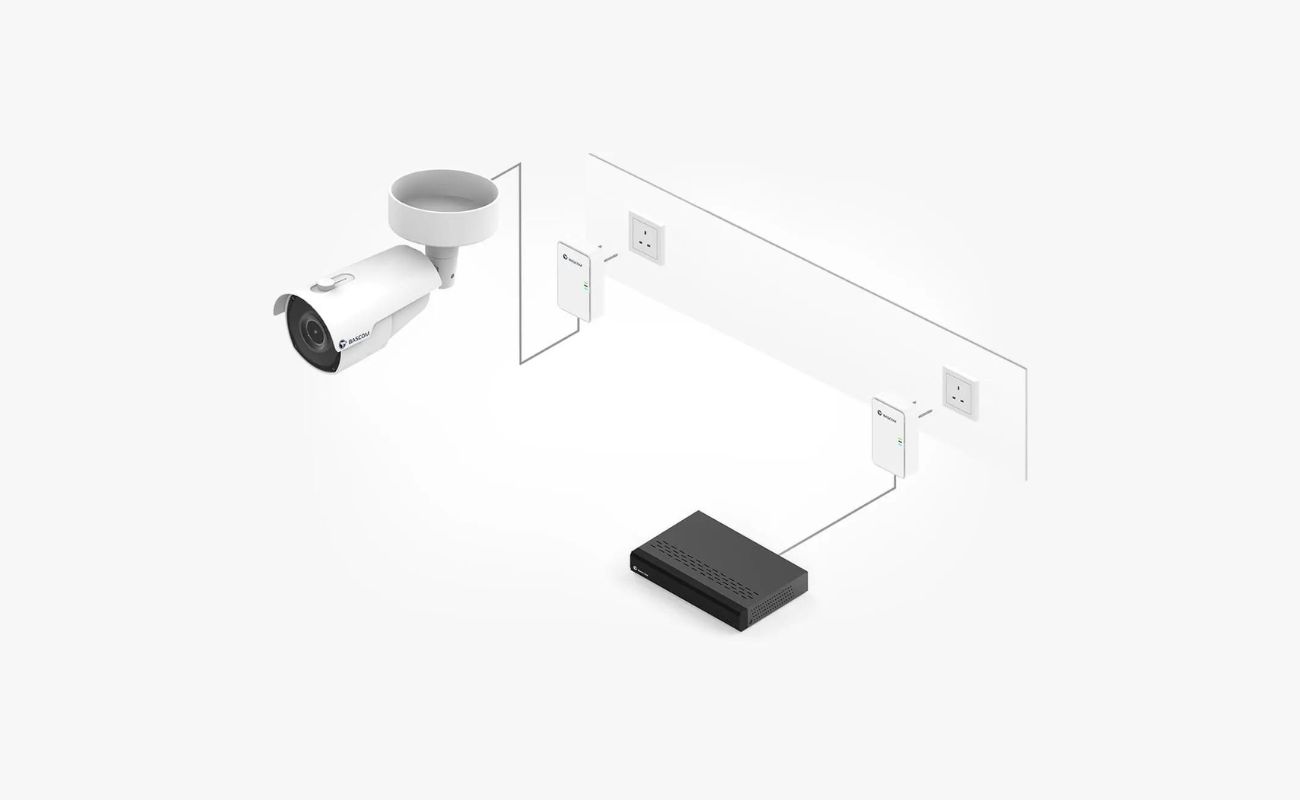
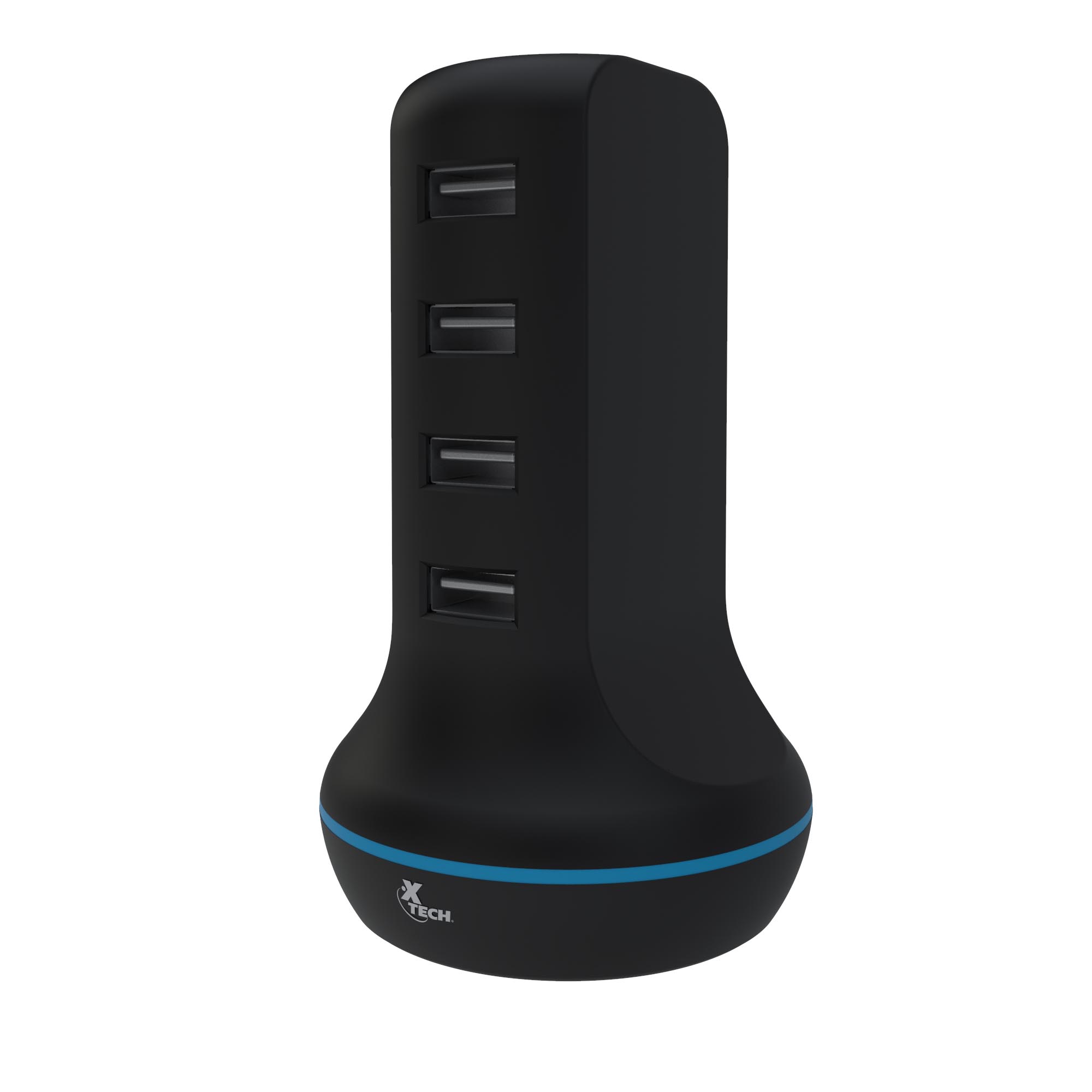
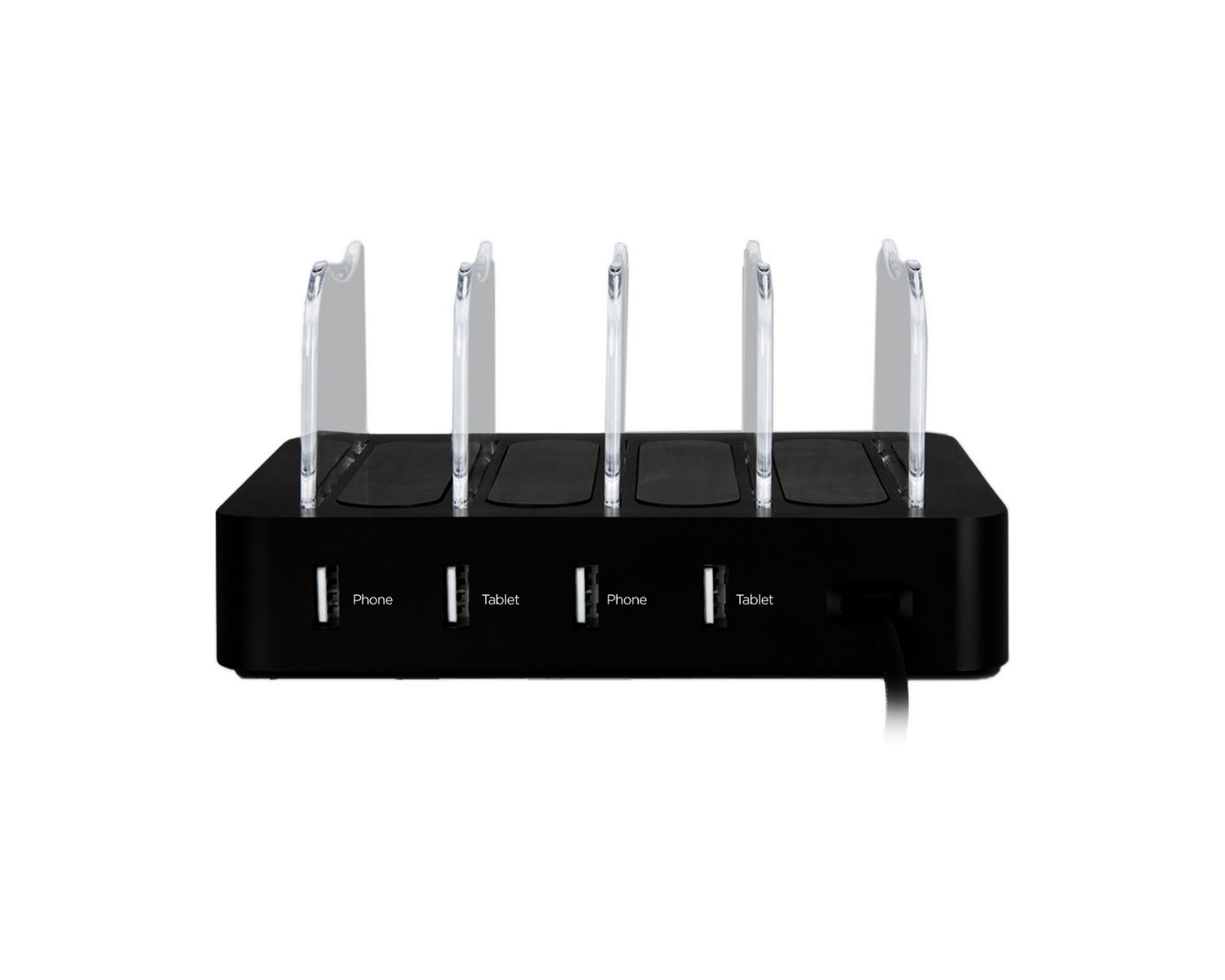


0 thoughts on “How To Store Port”